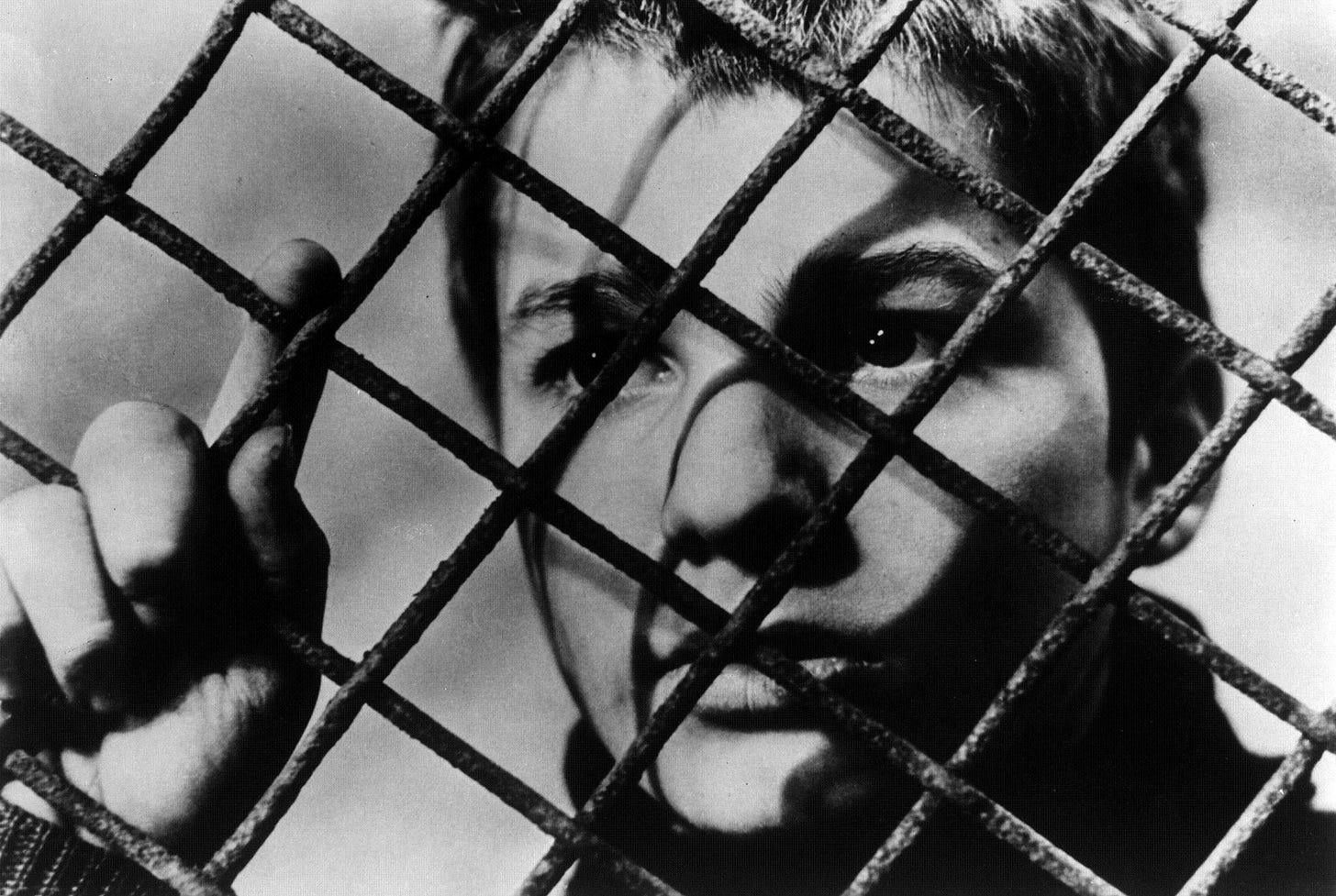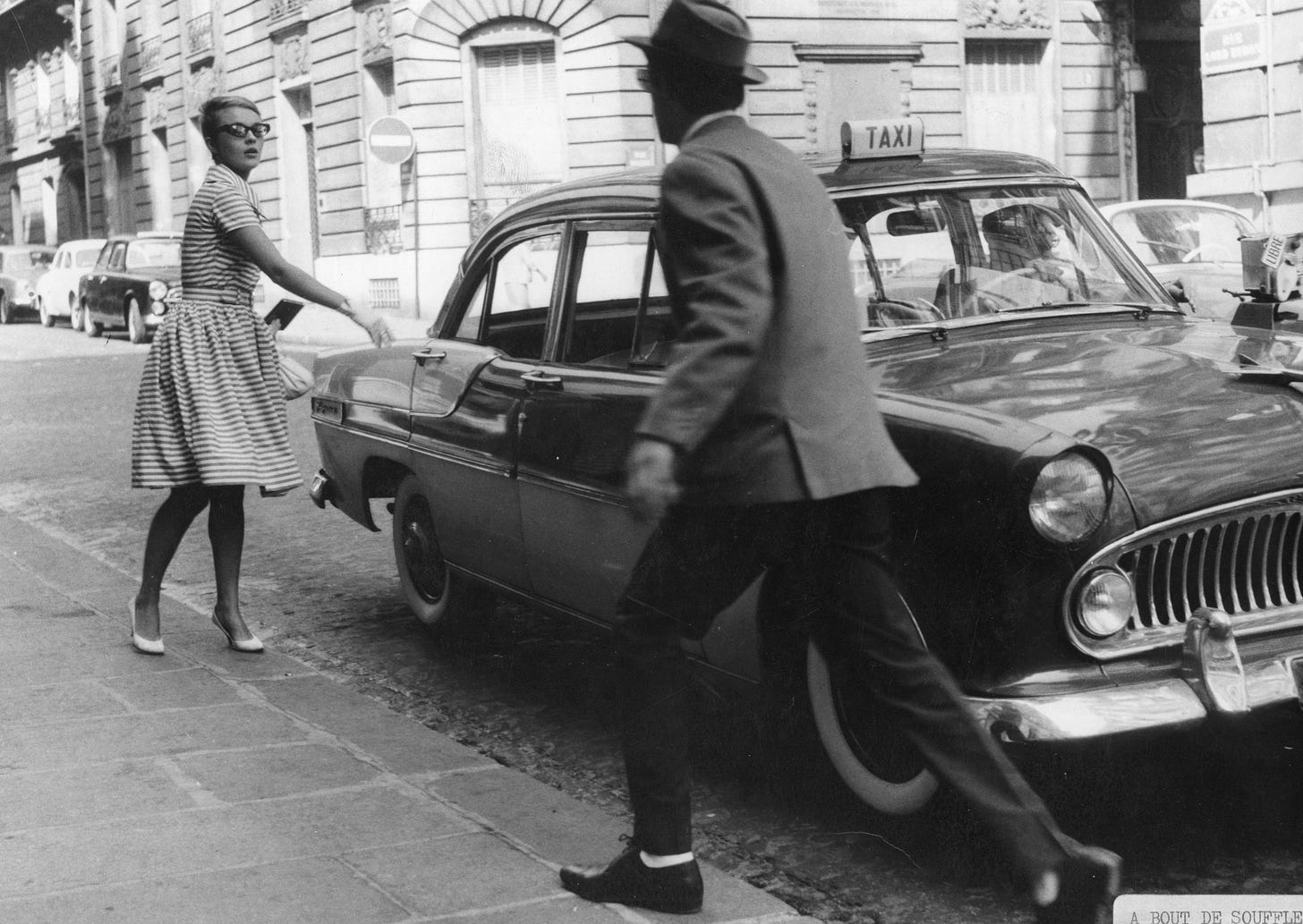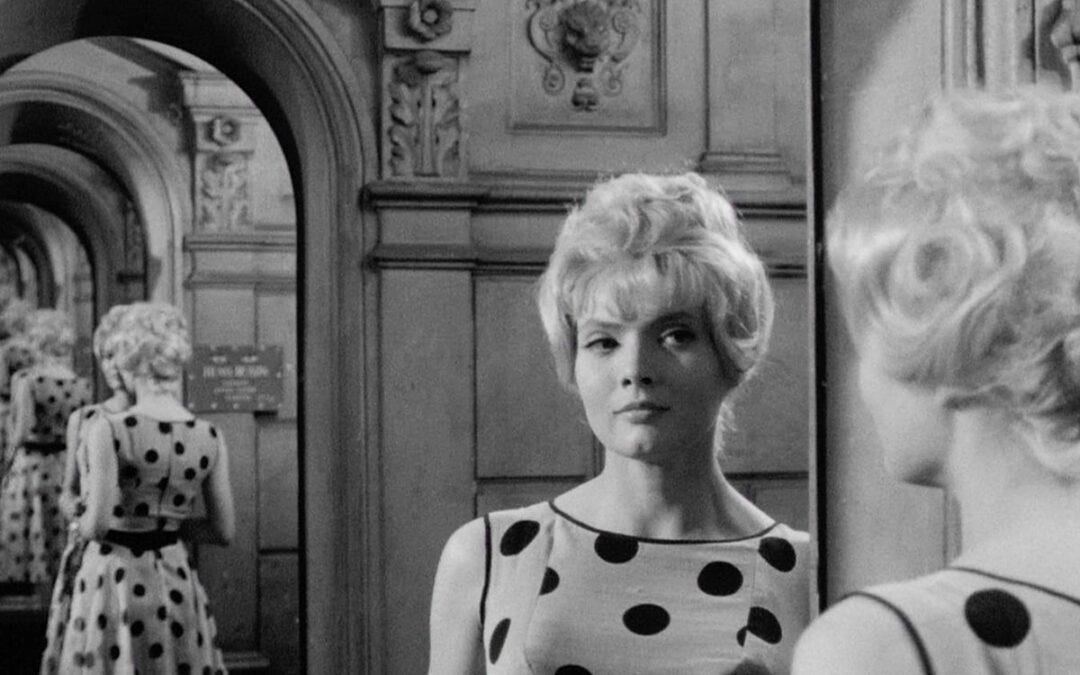“It feels like a sense of freedom. Anything can happen at any moment. Narrative is completely fractured”
These are the words Martin Scorsese used to describe what can only be considered one of the most influential film movements of the 20th century. It not only revolutionised the tired and often Hollywood-fixated French cinema but changed the way we watch and make films as well. Scorsese calls it “freedom”. That’s spot on. I’m speaking, of course, about the French New Wave.
I have always loved the New Wave, and even wrote about it for my dissertation at university. I’m hoping this article will be slightly better written and perhaps more revealing than my previous attempt. Maybe not, but I can promise that you’ll hear about some top films and how they helped change cinema forever. Before we delve into the movement and get to grips with the movies, let’s do some time travelling…back to the 1950s.
Before the New Wave
France has a rich history of cinematic artistry and innovation. The Lumiere Brothers’ Arrival of a Train at La Ciotat, which scared early cinema fans to the point of hysteria, and George Melies’s masterful La Voyage Dans la Lune are early examples of how the nation began to forge integral tools now often taken for granted in film, such as composition and editing. This continued into the 1920s with Abel Gance’s historical epic Napoleon, which is credited for its immense influence on montage and camera movement.
After World War 2, however, French cinema hit a bit of a roadblock. The country was broke after years of Nazi occupation, and cinema wasn’t spared. Many turned to old traditions, with the classic films of the 1930s becoming the mould for the cinema of the early 50s. These films were often characterised by the formulaic narrative cinema that took their cue from classic novels and was, to put it politely, a little tired.
What French cinema needed was some energy. But if you’re broke, how do you make a film? It might seem obvious to us now: Just go out there and do it. It certainly wasn’t easy then, but as tough as it may have seemed, something had sparked.
The Dawning of a New Era
Because of this return to older films, French cinema had lost a bit of ‘edge’ and the early masters of the French New Wave wanted to reinstate it.
The movement goes back to Alexander Astruc’s manifesto The Birth of the New Avante-Garde: The Camera Stylo. Astruc’s theory was that film was slowly growing to the same level as painting or novel writing in terms of artistic expression, and that artists were starting to express their thoughts and feelings on the big screen, using a camera as a pen or brush. This is the core of the New Wave, and years later Astruc’s writing found its way into the lap of a rather important character in this tale, Francois Truffaut.
Truffaut was among the film critics at Cahiers du Cinema, a film magazine that propelled the New Wave into a new stratosphere. His article La Politique des Auteurs was published in Cahiers in 1955 and laid the foundations for his and other’s future films, the key factor being that a director is an artist in their own right and that they should bare their soul to the world with their work. He believed that many directors were being left by the wayside and remained underappreciated for their contributions to cinema despite their genius. It wasn’t the writers or the producers who should get the acclaim, but the Auteur director, or author.
Fast forward a few years, and the New Wave is well underway. Truffaut and several of his fellow critics are now filmmakers themselves and the idea of the Auteur and the camera-stylo have become central cogs in an endlessly creative machine. I spent a fair bit of my time before writing this working out which films to pick. This was not an easy task. There are so many movies I could have gone for, but here are the three that I think underscore what the movement is all about.
The 400 Blows (Truffaut, 1959)
Partly inspired by Truffaut’s early life, The 400 Blows follows Antoine (Jean-Pierre Leaud) as he navigates the difficulties surrounding his neglectful parents and other grown-ups. Together with his best friend Rene (Patrick Auffray), he turns to a life of petty crime and tries to make plans for a better life. He eventually gets into trouble with the law, which only leads to more quarrelling with the adults in his life.
It’s an early example of exactly what the critics of Cahiers were after in their revolution. Drawing from his own life and experiences, Truffaut can add a deeply personal quality to the film which wouldn’t have been possible if it were an adaptation. His connection to Antoine as an extension of himself meant he could capture the boy’s existence authentically, and this shows in Leuad’s performance as the multidimensional Antoine. In short, Truffaut lived up to the auteur expectations he had laid out years before.
A low budget elevated this personal touch. How could this be, I hear you ask? A big telltale sign of a French New Wave film is its guerrilla-style filmmaking. These filmmakers had no money and relied heavily on on-location shooting, natural lighting, and amateur actors. This makes for raw realism and enhances the authenticity, almost making the film documentary-like.
Stylish, realistic, and undaunted, The 400 Blows is a prime example of what the French New Wave was capable of, and what French cinema had in store for us.
Breathless (Godard, 1960)
Many would say that Breathless is the quintessential New Wave film, and I’d have to agree with them. It has everything the young critics at Cahiers strived for, but also achieved massive success commercially. The New Wave had well and truly arrived with this one.
Directed by Truffaut’s fellow Cahiers critic, Jean-Luc Godard, the film tells the story of a young French car thief, Michel Poiccard (Jean-Paul Belmondo), who’s on the run in Paris. In Paris, he reconnects with American student Patricia Franchini (Jean Seberg), reigniting their affair. As Michel’s reckless behaviour gets worse, Patricia is torn between her attraction to him and her disapproval of his criminal lifestyle.
The best thing I can say about this film is that it captures its time. It encompasses the post-war French attitude of youthful rebellion and non-conformity, which is seen through the characters and their behaviour but also through the filmmaking itself.
Godard’s editing style is something that people often pick out. Because of a low budget and because film was so expensive, he had very little to work with and even less time to use it. Therefore, improvisation was needed. Behold, the birth of the jump cut in popular cinema.
While Michel and Patricia are driving around Paris, he begins to describe her features. With every feature he describes, the camera abruptly cuts to the same shot. This creates an urgency and spontaneity that mirrors the characters’ unpredictability and is another prime example of the documentary-style filmmaking the New Wave is renowned for.
As a portrait of rebellion and passion, Breathless can only be described as a masterpiece, and it would’ve been criminal for me to not recognise it here.
Cleo from 5 to 7 (Varda, 1962)
Cleo from 5 to 7 is intriguing in the fact that it unfolds in real time over the space of two hours. It follows Cleo, a glamorous singer from Paris who is faced with the idea of death as she awaits the results of a medical test. Looking inward, Cleo goes on a journey of self-discovery, coming across people who offer her insights into her existence and identity.
Directed by Agnes Varda, we're offered a feminist perspective on the complexities of women’s lives and the expectations they face from society. Varda brilliantly challenges the common notions of identity and beauty and gives Cleo a personality and grit that was rare for female characters at the time.
In common with other New Wave films, Varda explores social themes and addresses the issues of the time, including the Algerian War and the changing social landscape of Paris.
This film feels a little more polished than other New Wave films, but it works beautifully with the character of Cleo and her outer appearance as a glamorous socialite. It's interesting because it demonstrates the development of the New Wave over time.
Continuing to challenge norms is the aim of the game for the French New Wave, and Cleo from 5 to 7 delivers.









